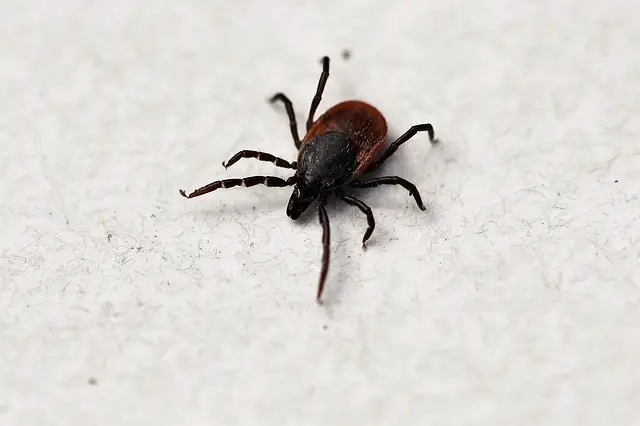A 22-year-old Canadian woman died by suicide Sunday after a multi-year battle with undiagnosed Lyme Disease. Amelie Champagne took her own life to “free herself from the unbearable pain, “said her father. It is with the heaviest of hearts (and still in shock) that I share the tragic news that our sweetheart Amelie (22) took her own life this past Sunday,” said Alain Champagne on his LinkedIn page. He added, “We were witnesses to how challenging life had become for her in dealing with the evolving Lyme disease symptoms,” the grief-stricken father continued.
Canadian doctors had misdiagnosed Amelie’s symptoms over the past few years. A Lyme disease diagnosis was not made until this past June when she visited doctors in the US. The tick-borne illness can be a challenging diagnosis because, at onset, the symptoms are very similar to those of many other illnesses. Antibiotics are used to combat Lyme disease, but any delay in treatment can cause the illness to spread to the joints, heart, or respiratory and nervous systems.
Even with Amelie’s diagnosis and an aggressive treatment plan, the disease had spread throughout her body. “Over time and despite the recent treatments, the disease had evolved way beyond the numerous physical symptoms and was now severely impacting her brain,” said her father. Alain Champagne recognized the 22-year-old’s achievements despite his daughter’s illness and passing. “Amelie left a long-lasting impression through her engaging and empathetic personality. Despite the struggles of the past few years she persevered through university, kept working at a respite center for handicapped kids, was starting to volunteer at a homeless shelter near our place … and remained ever the vibrant/fun-loving friend and member of our family,” he said.
According to the CDC, Lyme disease is the most common vector-borne disease in the US. It is transmitted to humans through the bite of an infected tick. Symptoms include fatigue, fever, headache, and a rash. You can minimize or prevent Lyme disease by using insect repellent, wearing long sleeve clothing when traveling through tall grass or in the woods, checking and removing ticks after outdoor activities or being in proximity to pets, and reducing tick habitat around your yard.

